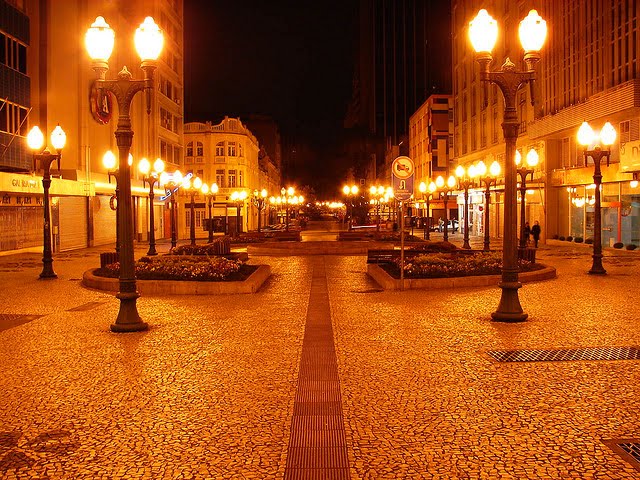In most scenes on my short film, I need contour the head of the characters with a strong light with a cold temperature - like an orange source at night.
Something like this girl, but at night:

But the hard point is that I need to match this city lights:

So, the goal is to reinforce the light of this public lamps in order to make it shine a lot as a thin backlight in the character's head, hair, body, whatever I can. Any tips about a good light equipment for this purpose and how I can change the color temperature if needed? Is extremely important do not light the front of the actor with this source, but creating incandescent outlines with the same color of the ambient.
Thanks for any help.
Something like this girl, but at night:

But the hard point is that I need to match this city lights:

So, the goal is to reinforce the light of this public lamps in order to make it shine a lot as a thin backlight in the character's head, hair, body, whatever I can. Any tips about a good light equipment for this purpose and how I can change the color temperature if needed? Is extremely important do not light the front of the actor with this source, but creating incandescent outlines with the same color of the ambient.
Thanks for any help.


 So feel free to keep up the chat!
So feel free to keep up the chat!